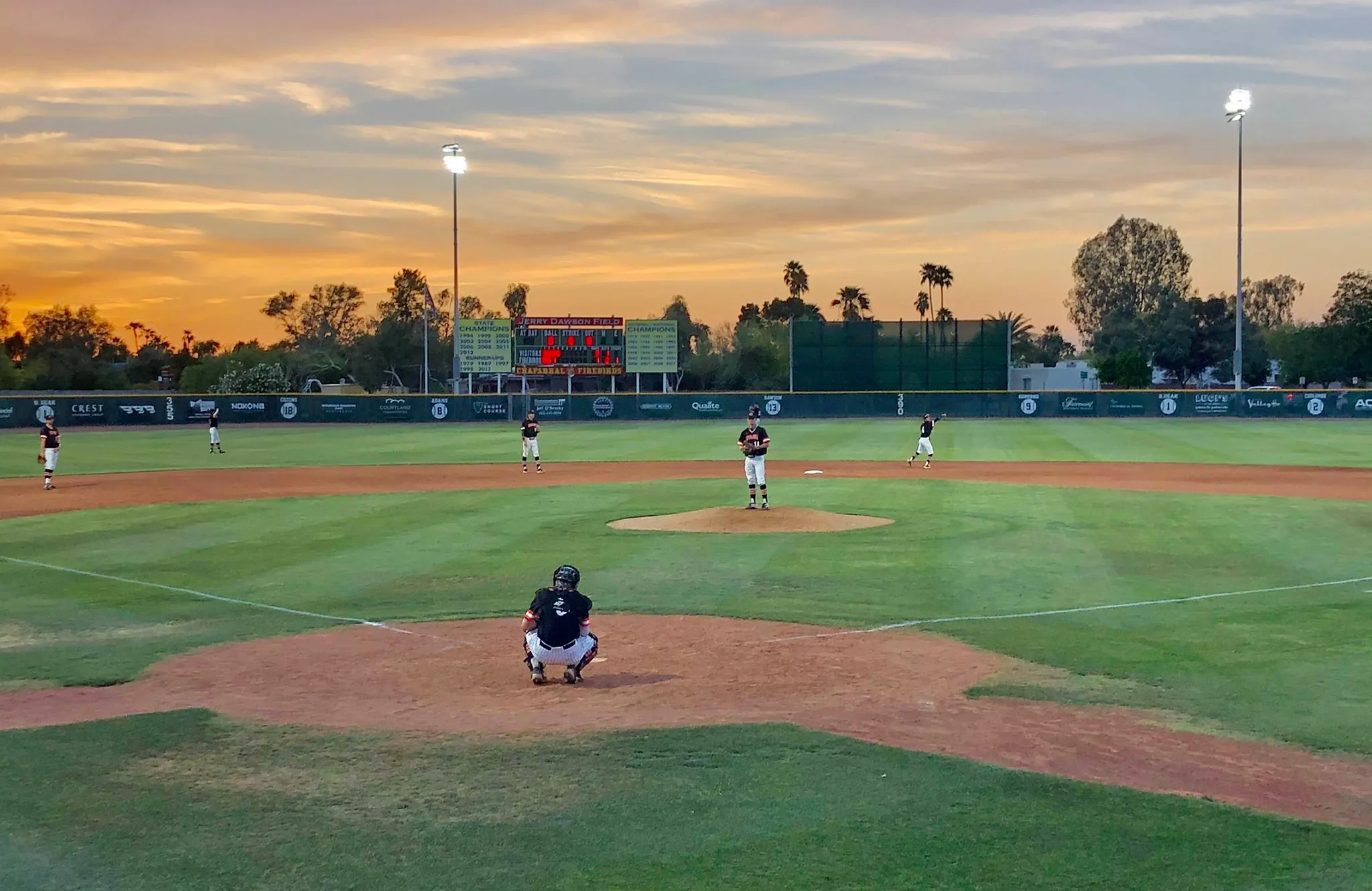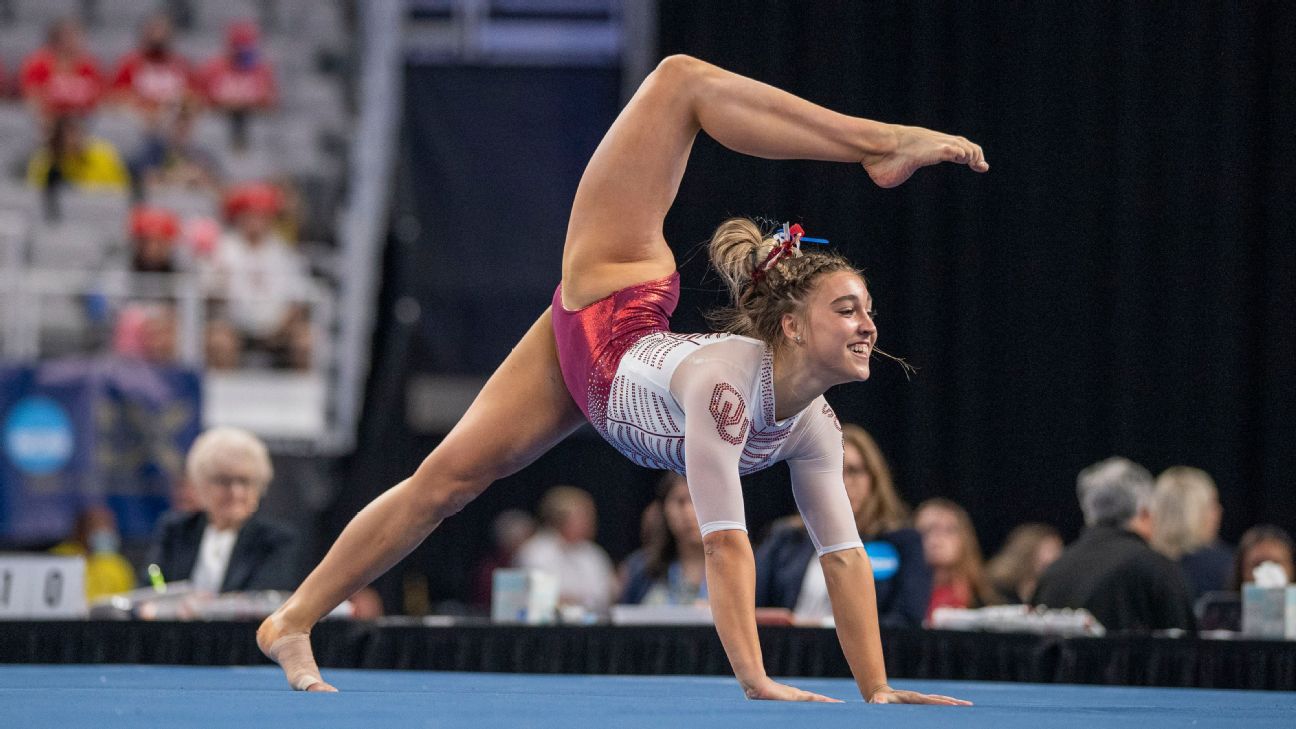High school sports provide an important platform for young athletes to develop physical skills, learn teamwork, and foster personal growth. However, with the numerous physical dangers associated with various sports, parents and students must weigh the benefits against the potential risks. This article examines the dangers of high school sports, focusing on the most dangerous ones, and juxtaposes these risks with the positive aspects that young athletes gain from participating in these activities.
Football
Dangers: Football is known for its high risk of concussions, with the sport accounting for 47% of all reported sports concussions. Players can also suffer from bone fractures, spinal injuries, and heat-related illnesses. Repeated impacts and collisions can lead to long-term joint and cartilage damage, as well as an increased risk of developing chronic traumatic encephalopathy (CTE). Furthermore, studies have shown that high school football players have a higher risk of sustaining severe injuries compared to athletes in other sports.
Rewards: Football teaches discipline, hard work, and perseverance. Players learn the value of teamwork, communication, and leadership as they work together to achieve a common goal. The physical nature of the sport also helps to improve strength, coordination, and agility. Additionally, the camaraderie built among teammates fosters a sense of belonging and can lead to lifelong friendships.
Baseball

Dangers: Baseball players face the risk of being struck by a ball, which can cause traumatic injuries such as concussions, facial fractures, and even death in rare cases. Sliding and collisions can lead to ligament injuries, dislocations, and fractures. Overuse injuries, especially in pitchers, can cause shoulder and elbow issues, including tendonitis and stress fractures. Baseball players are also at risk for injuries caused by repetitive motions, such as swinging a bat or throwing a ball.
Rewards: Baseball fosters teamwork, strategy, and communication, as players need to coordinate their actions in real-time. It also helps develop focus and concentration, as well as hand-eye coordination and agility. The sport encourages athletes to think critically and adapt their strategies in response to the opposing team’s tactics. Furthermore, baseball provides opportunities for personal growth, as athletes learn to cope with failure and persevere through challenges.
Track and Field
Dangers: Track and field events can lead to a variety of injuries, including sprains, strains, and fractures. Pole vaulting and hurdling present a higher risk of acute injuries, while overuse injuries, such as shin splints and stress fractures, are common in distance runners. Heat-related illnesses are also a concern for outdoor track and field athletes, especially during hot summer months. Proper training and technique are essential to minimize the risk of injury in this sport.
Rewards: Track and field athletes learn dedication and self-discipline as they train to improve their individual performances. They also develop mental resilience and a strong work ethic while setting and achieving personal goals. The diverse range of events within track and field allows athletes to explore and hone various physical abilities, such as speed, strength, and endurance. Additionally, many track and field athletes find motivation and support through friendly competition with teammates and rivals alike.
Wrestling

Dangers: Wrestling poses a risk of acute injuries such as fractures, dislocations, and concussions, as well as chronic injuries resulting from repetitive stress on joints and muscles. Skin infections, such as ringworm and impetigo, are also common due to the close physical contact between wrestlers. Rapid weight loss practices, such as dehydration and extreme dieting, can also have detrimental effects on wrestlers’ health and performance.
Rewards: Wrestling builds physical strength, flexibility, and agility. It also teaches discipline, perseverance, and mental toughness. Wrestlers learn the importance of strategy and adaptability in a one-on-one competition. The sport also fosters personal growth as athletes learn to handle pressure and develop resilience in the face of adversity. Furthermore, wrestling can provide a sense of accomplishment and pride for those who dedicate themselves to mastering its physical and mental challenges.
Cheerleading
Dangers: Cheerleading involves complex stunts and gymnastic moves that can result in serious injuries, including concussions, spinal injuries, and broken bones. Falls from heights and improper landings can lead to sprains, strains, and dislocations. Cheerleaders must rely on their teammates for support during stunts, which can increase the risk of injury if a teammate falters or loses focus.
Rewards: Cheerleading promotes teamwork, dedication, and discipline, as athletes work together to perfect routines and support their fellow teammates. It also fosters creativity, self-expression, and confidence through dance and gymnastic elements. As cheerleaders perform in front of large crowds, they develop public speaking and performance skills, which can be beneficial in various aspects of life. Moreover, cheerleading offers opportunities for leadership, as experienced members often mentor and guide younger teammates.
Gymnastics

Dangers: Gymnastics is a high-risk sport due to its acrobatic nature. Injuries such as sprains, strains, dislocations, and fractures are common, with the risk of severe injuries such as spinal cord damage and traumatic brain injuries. Overuse injuries and growth plate damage are also concerns for young gymnasts. The intense physical demands of gymnastics, combined with the pressure to achieve high levels of performance, can also contribute to mental health challenges, such as anxiety and eating disorders.
Rewards: Gymnasts develop exceptional strength, flexibility, balance, and coordination. They learn self-discipline, perseverance, and mental focus as they work to perfect their skills and routines. Gymnastics also encourages artistic expression and builds self-confidence. Furthermore, gymnastics promotes goal-setting and personal growth, as athletes strive to improve and advance through the sport’s various levels.
High school sports offer numerous benefits to young athletes, such as improved physical fitness, personal growth, and valuable life skills. However, the potential dangers associated with these sports cannot be ignored like a visit to an orthopedic surgeon, sports rehab clinic, or a lifelong injury that the student will need to deal with. Parents, coaches, and athletes must work together to minimize risks by ensuring proper training, equipment, and safety measures are in place.
Ultimately, the decision to participate in high school sports should be made on an individual basis, taking into account each athlete’s unique strengths, goals, and tolerance for risk. By recognizing and addressing the dangers while embracing the rewards, young athletes can enjoy a fulfilling and enriching sports experience.
Through careful consideration and informed decision-making, parents and students can strike a balance between the risks and rewards of high school sports, paving the way for a lifetime of physical activity, personal growth, and lifelong friendships.




